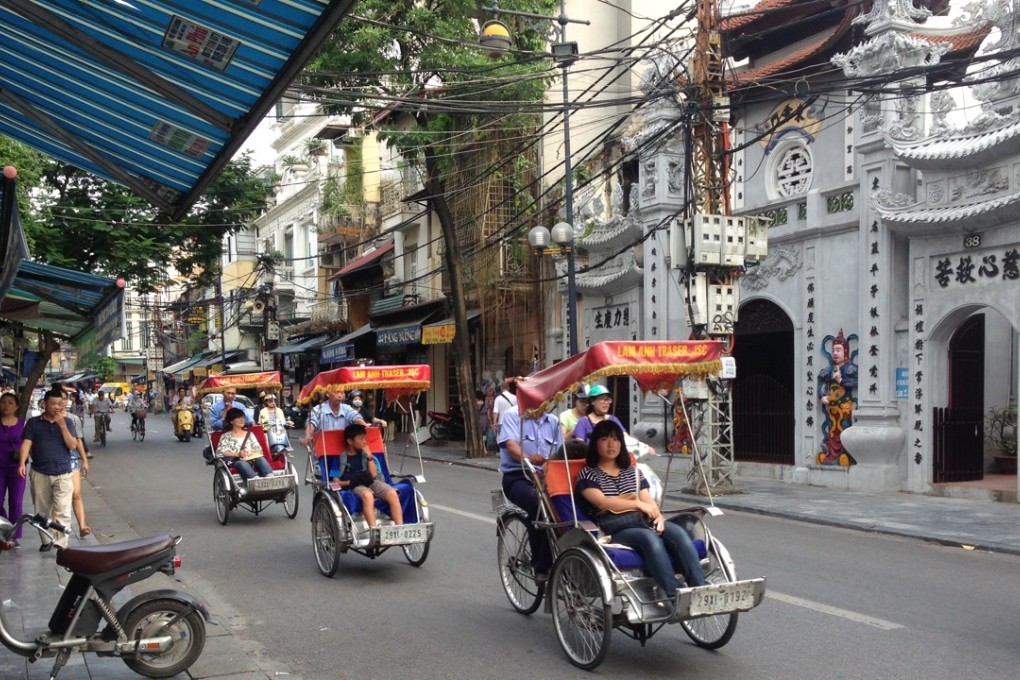Ceritalah | China’s loss in Trump’s trade war is Asean’s gain. Look at Vietnam
The country is setting an example to the rest of Southeast Asia when it comes to attracting industry

Indeed, Samsung, the world’s largest smartphone manufacturer, has invested over US$17 billion in Vietnam, contributing close to a quarter of Vietnam’s total exports of US$214 billion in 2017 alone.
Its two manufacturing plants – Bac Ninh and Thai Nguyen, located outside the capital of Hanoi – look like sprawling mini-cities as they spread across the Red River plain. And the facilities are huge – employing more than 149 000 people.
So, as the prospect of a major wave of industrial relocations from an increasingly expensive China becomes a reality, which of the three countries stands to benefit the most?
Sadly, the Philippines, with its clapped-out infrastructure, expensive energy and notorious bureaucracy, remains the outlier.

Vietnam leads the pack. For example, in 2017 alone, Vietnam attracted US$35.88 billion in foreign direct investment whilst Indonesia, with nearly three times the population, trailed behind attracting only US$32.34 billion.

